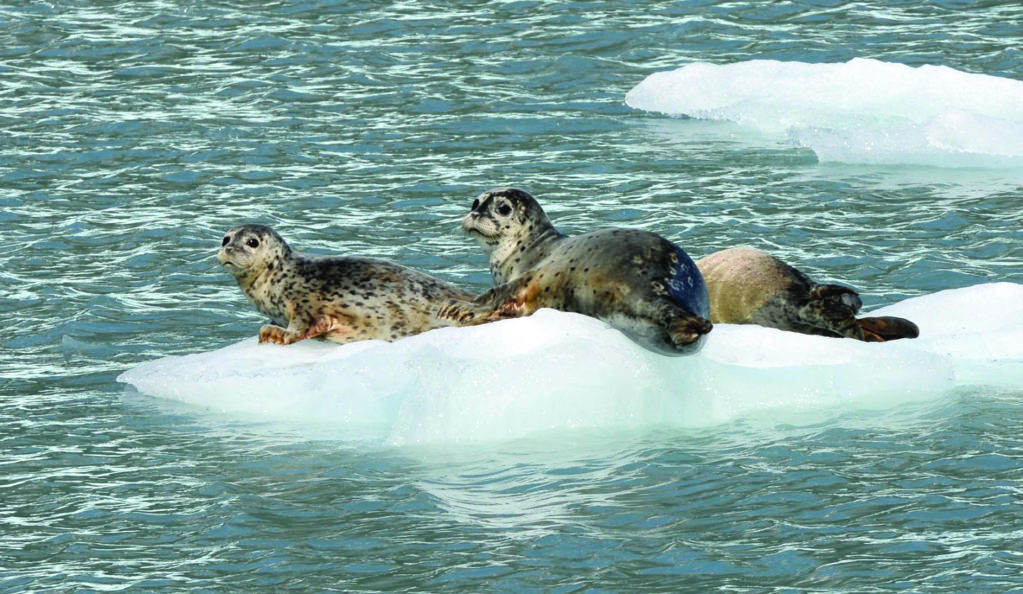Bears larger than bison, national parks the size of nations, and glaciers bigger than other countries in the United States (US).
This is how Lonely Planet introduces Alaska to its readers. I would add: a land as vast as the eye can see, solitude as quiet as a pin drop, and nature and wilderness as expansive as the mind can stretch.
The word ‘epic’ barely does Alaska justice. Despite being the largest American state, one feels less confronted by its amazing infrastructure which one can use to see and enjoy its might.
Alaska spans a vast array of ecosystems, from open, wind-swept tundra bordering the Arctic Ocean and Bering Sea through the expansive boreal forests of its vast interior to impressive temperate rainforests along the Pacific coast.

Glaciers cover 30,000 square miles of Alaska, which is 5% of the state. The weather of Alaska varies within its great expanse. The climate in the Southern oceanic front is mid latitude oceanic with heavy rains, while the interior is sub-arctic with a warm, short summer season. The extreme north is truly Arctic with dry freezing temperatures even in summer.
As a frequent polar traveler, my main interests include glaciers mostly found in the lower half of the state. With over 1,00,000 glaciers in the state, only 600 have been named mainly due to their immensity. Taking a float plane on at least three occasions, I photographed over 15 different glaciers and in one case landed right on the deep lake formed in the face of the glacier with several floating icebergs which made landing a nightmare.
After visiting the Wrangel-St.Elias National Park, the largest in the world, larger than Switzerland with some glaciers bigger than the state of Rhode Island, I paid homage to Denali National Park which contains North America’s largest mountain, Mount Denali, standing at 23,310 feet (Tanzania’s Mount Kilimanjaro stands at 19,336 feet).
It is home to grizzly bears, wolves, moose, fox, deer and lynx cat amongst the 33 types of mammals resident. Due to the large number of visitors to the park, travel is restricted to special buses and one needs to trek or back-pack to truly enjoy this park. Denali is etched in every American’s mind and has become a must-see on every senior citizens’ bucket list.
With a keen interest in wildlife photography I set off for Lake Clark National Park, accessible only by float plane. Flying over the Cook Inlet and parts of the Alaska Range, we landed on Crescent Lake under very arduous and windy conditions. I soon saw a pair of sows with cubs and large single male bear on the salmon prowl. With Sockeye salmon returning to their birthplace after four years at sea, to spawn on the very stream they hatched, the lake and the river was teeming with the Alaskan brown bears. With males reaching over 1400lbs, these amazing beasts were fishing for salmon and engorging themselves before the first snow soon to arrive by mid September. These bears would then dig dens, often moving over a ton of soil to hibernate for the winter.
One of the greatest spots for sport fishing in the US is the remote Katmai National Park. It takes a wheeled bush plane and then a float plane; typically a Cessna Caravan or De Havilland Otter to reach this park. With several lakes, streams and an inaccessible interior, Katmai is also a hot bed for watching bears. At the Brooks Falls in the height of July, pink salmon en route to their spawning grounds, jump the cataracts of the Brooks River, where the bears merely stand with their mouths gaping, to feed.

Alaska in autumn is where nature puts on an amazing show of colors. The amazing change in the color of the trees and plants alongside snow-covered mountain vistas, is an idyllic North American setting indeed. Principal species of trees include white spruce, birch, and quaking aspen on uplands, black spruce and tamarack in forested wetlands, and balsam poplar within floodplains. Bursts of red, yellow and orange, interspersed with evergreens covered under clear blue skies together with a crisp autumn chill in the air, perks up one’s senses.
Amazing road trips along the Denali, Dalton (Arctic Highway), Richardson and Glen Highways gives the traveler an opportunity to enjoy nature, see wildlife and talk to Alaskan settlers, who came in as early as 1898 for the Klondike Gold Rush.
The history of this great land first occupied by the Russians (1784), purchased by the US (1867), populated by the gold rush prospectors from Canada and the US in 1898, and finally the drilling of oil in the Arctic in the 1970s, makes an interesting story. Yet it is perhaps one of the last frontiers where nature still trumps over man.
